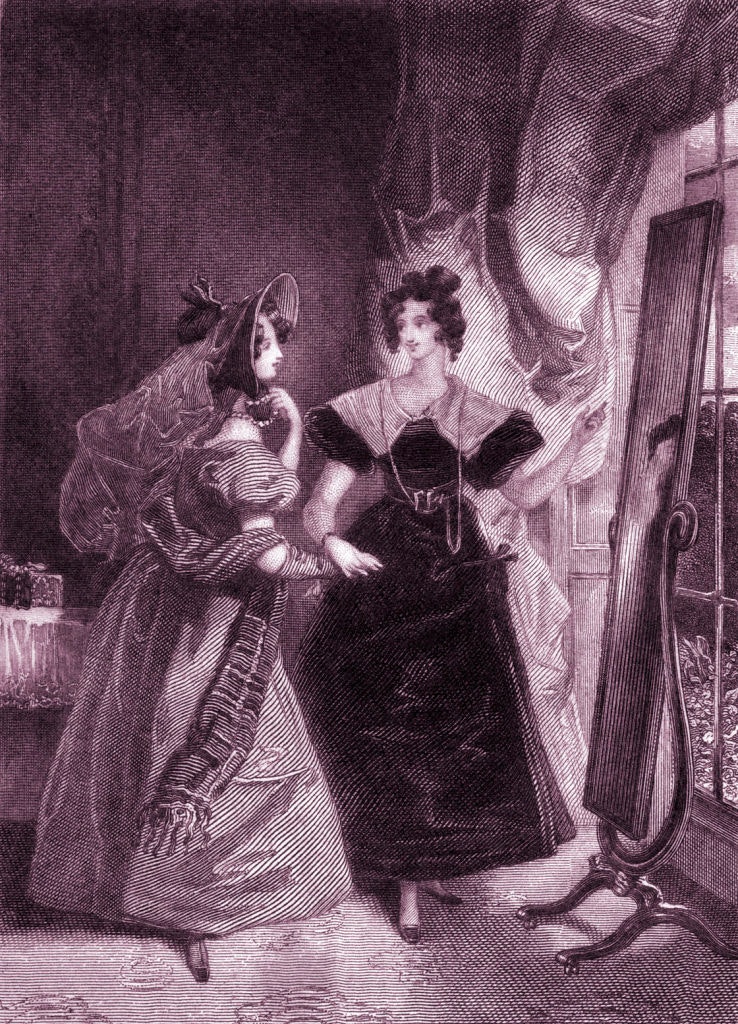The story of Scottish art
The Story of Scottish Art is not a scholarly work of art history; it gives an easy-to-read account of artists’ lives with a faintly awestruck tone
For Americans and many other nationalities, the words British and English are interchangeable. Forty years ago, in the United Kingdom the word English would have covered all citizens of the Union. Nowadays the description British is preferred but increasingly many Scots don’t like to be included under the same umbrella as the Welsh and English.
Goudie is prone to stretching the definition of a Scottish artist
London Gallery and auctioneers encourage artists to advance their standing by thinking of themselves as British or just Contemporary; citizens of the world. However, increasingly being from somewhere, a local on a large global stage, is a badge the Scots are wearing with pride. Many wish to express their independent identity following the rise of Scottish nationalism. Lachlan Goudie whose book The Story of Scottish Art has just been published observes that “During the referendum of 2015 many artists allied the idea of a strong Scottish artistic identity with an argument for political nationhood.”

Goudie, son of distinguished painter Alexander Goudie, and a successful artist himself is an enthusiastic spokesman for the exceptionality of Scottish art. His book covers the documentary he wrote for the BBC but explores the subject in greater depth. The Story of Scottish Art fills 370 pages in slightly smaller than A4 format with a fair but not excessive number of illustrations. The chronicle begins 5000 years ago, with the extraordinary standing stones in Kilmartin Argyll with their “ring and cup marks” and the Neolithic ring of Brodgar in Orkney, and proceeds all the way through to the present day. The Story of Scottish Art is not a scholarly work of art history; it gives an easy-to-read account of artists’ lives in an informative magazine style with a faintly awestruck tone.
Goudie is prone to stretching the definition of a Scottish artist. Peter Howson, Stephen Curry and Jenny Savile all born in England make an appearance because they studied at the Glasgow School of Art where they were taught by Scottish Realist painter Sandy Moffat. Goudie posits that, while art schools in England were gravitating towards conceptual and other forms of art, Glasgow remained steadfast in teaching figurative painting!
At a pinch Curry and Howson, having spent their childhoods in Scotland, could be considered to have a Scottish style, but the claim for Savile seems a bit more specious. The artist cites her influences as a six-month scholarship to the University of Cincinnati where she enrolled in a course in women’s studies, and she now lives and works in Oxford.
Scottish art was more exciting and exploratory than English art at the turn of the twentieth century
Most us wouldn’t consider Peter Doig a Scottish artist: although born in Scotland he left when he was two then lived in Canada and the Caribbean and studied in London. Goudie however tells us that Doig wants to be known as a Scottish rather than an English artist. He does however accept that Doig was probably more influenced by Gaugin and Matisse than from the art from the country of his birth. But of course, Scotland has always looked towards France and Europe and its art and culture.
Many of us would agree that Scottish art was much more exciting and exploratory than English art at the turn of the twentieth century. While Alfred Munnings raged against modernism and earlier George Frederic Watts remarked that French style reflected “a culture of laziness within Britain”, Scottish artists embraced Impressionism and Post Impressionists in its full-blown glory. J. D Fergusson, Samuel Peploe and fellow Scottish Colourists celebrated the vibrant colours of Matisse and his fellow Fauves.
English architects Lutyens and Baillie Scott looked back to the English vernacular, the Tudors, and the Georgians while Rennie Macintosh studied the art and design of Japan. With his wife Margaret and Frances Macdonald, he invented a Scottish style of Art Nouveau incorporating Celtic symbols. Rennie Mackintosh’s work anticipated modernism and Art Deco. He and his contemporaries, the Colourists and The Glasgow Boys, Lavery and Guthrie before them who painted contemporary portraits of Scots at leisure and rural workers were lucky to have nouveau riche Scottish industrialists as patrons who didn’t wish to become part of the landed gentry and live in a Scottish baronial castle.

Scotland is rightly praised round the world for its Enlightenment portrait painters. Allan Ramsay and Henry Raeburn painted their simply and naturally posed subjects without resort to artifice; unlike their English counterparts Gainsborough and Reynolds who set their subjects in their finery in forced poses against their country estates. The Scotsmen’s portraits are understated and controlled with sitters more modestly dressed as befits a Presbyterian ethos.
As deal with a post-Brexit Britain, tensions over the English-Scottish relationship continue to simmer. Some Scots were very displeased by the recent purchase and display of Monarch of the Glen by Edwin Landseer in the National Gallery of Scotland. For them it represents the land clearances that created large estates and playgrounds for the rich. Monarch of the Glen used to be in a relatively discreet position above a doorway on an upper floor of National Museum of Scotland in a room full of armour. For the moment paintings by Scottish Colourists hang in 10 Downing Street.
Enjoying The Critic online? It's even better in print
Try five issues of Britain’s newest magazine for £10
Subscribe














